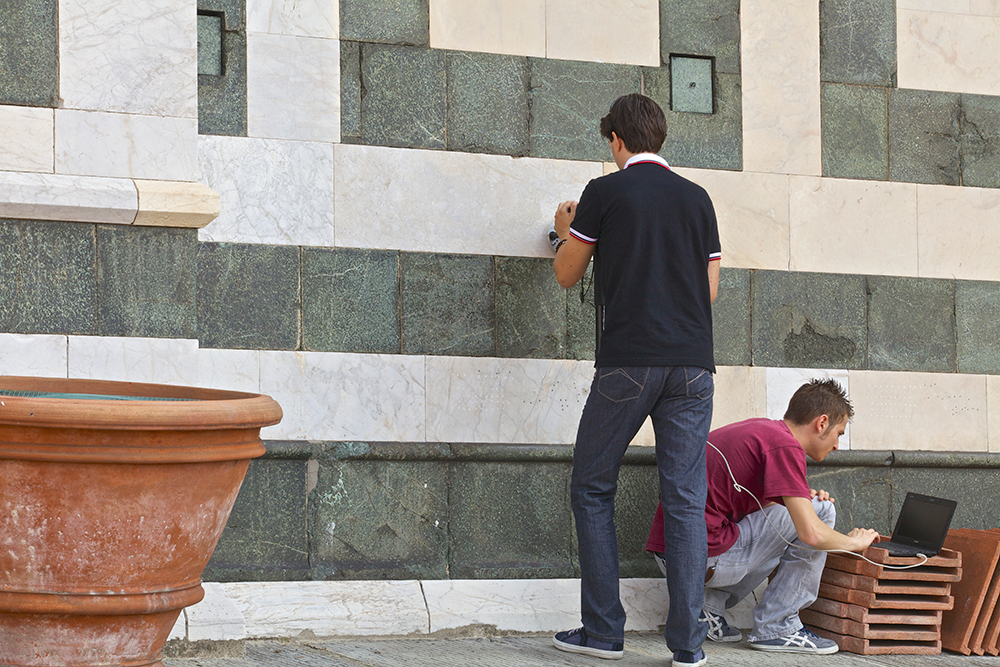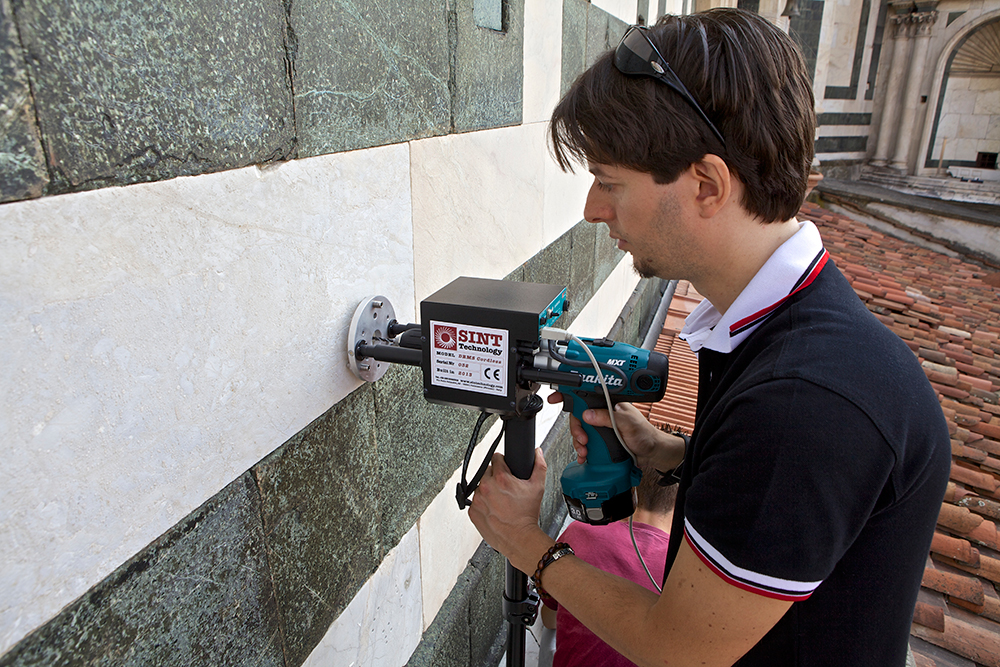Preserving Cultural Heritage through specific technologies is one of the main activities of all national institutions, especially where historical buildings, monuments and sites of cultural interest, need a continuous monitoring, diagnosis and conservation.
The preservation of archaeological sites and historical buildings requires institutions to regularly use measures that preserve materials deterioration and prevent serious damages to structures.
A specific case, regarding architectural conservation, includes several processes through which the material and historical integrity of world’s architectural heritage is preserved through targeted and accurate analysis of their conservation status.
Actually cultural Heritage preservation requires both academic studies and specific instruments, developed by companies which dedicate in-depth studies to their realization: to evaluate the need of consolidation treatments or their effectiveness during the time, it is important to involve only qualified personnel.
One of the most used technology in this case is the drilling resistance measurement, where materials are tested to understand their drilling resistance.
This kind of analysis required a drilling resistance measurement system like the DRMS Cordless, developed by SINT Technology.
CULTURAL HERITAGE PRESERVATION:
WHEN USING THE DRMS CORDLESS IS FUNDAMENTAL
The DRMS Cordless is fundamental to analyze the effectiveness of consolidation interventions and to detect the state of deterioration of building materials.
The system has been developed to allow both laboratory tests and on site measurements: Cultural Heritage preservation usually requires to visit world heritage sites, and the DRMS, thanks to its portability and light weight (approx. 5 kg.), makes this possible also in hard-access zones.
In Italy one of the main examples is the Florence Dome, an artistic and historical building of global and historical value. Monitoring the condition of the surface of the Dome requires in-depth, but non-invasive, analysis, with specific points made in the structure carried out only by strictly specialized personnel.
Here some example of a drilling resistance analysis done on site at Florence Dome.
In these pictures you can see which analysis have been carried out during the test and how the system is easy to use in several positions.
To get a better diagnosis of all the building surface and to analyze the state of conservation of Dome surface in depth, have been done several tests.
As visible in the pictures, the system involves the use of the laptop which include the software to analyze at the same time, the acquired data. The software, developed with LabVIEW™ (National Instruments), has many features related to the graphic data representation and guarantees a complete test management.
General Information Request



HOW DOES THE DRMS WORK?
DRMS – Cordless works by drilling the materials with special diamond type drilling bits, suggested to avoid wear effects.
The system measure continuously the penetration force, actual drill position, the rotational speed and the penetration rate: rotational speed and penetration rate are kept constant during the test.
The position of the drill, referred to the surface of the stone (starting point), is always known because it is directly controlled by the software through the dedicated electronic.
The hole depth measured by the system is exactly referred to the surface of target.


